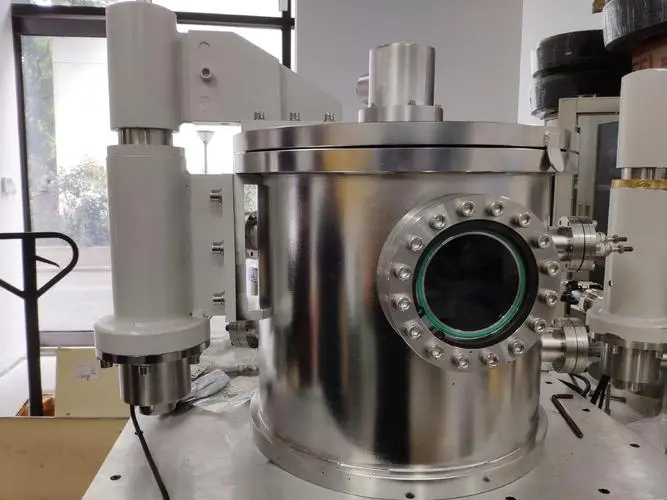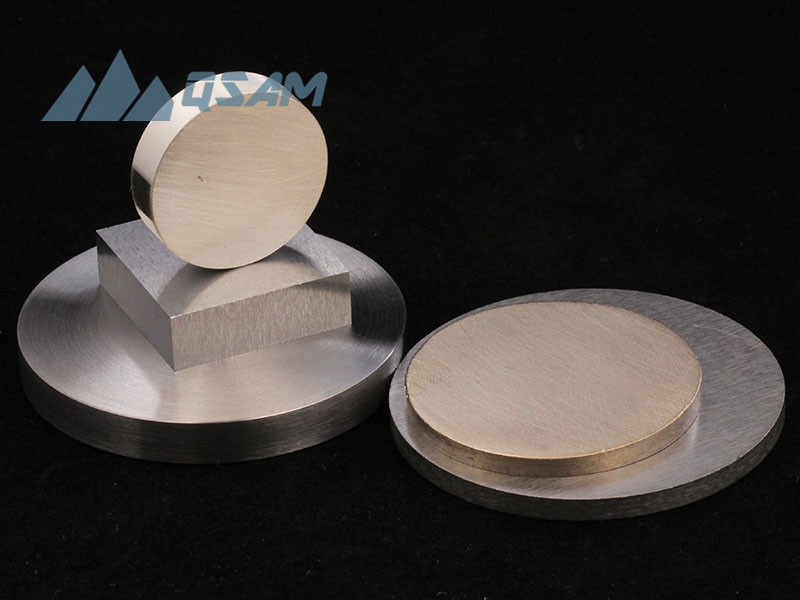Harnessing Magnetron Sputtering: An Overview of 3 Key Thin Film Types
Magnetron sputtering has become a premier sputter deposition technique by utilizing magnetic and electric fields. Specifically, magnets actively confine electrons near sputtering targets. This enables controlled, efficient material ejection onto substrates. While first observed in the 1850s, focused magnetron sputtering research emerged in the 1940s. Today, the method actively deposits versatile coatings like metals and alloys onto surfaces. Ongoing advances continue to optimize magnetron sputtering for precision thin film fabrication across industries.

Unlocking Potential: Exploring 3 Magnetron Sputtering Films
1. Magnetron sputtering enables two primary film categories - mechanical and physical - based on respective functions. Mechanical films like wear-resistant and lubricating coatings actively enhance durability and friction properties. Physical films deploy electrical, magnetic, acoustic, and optical capabilities onto surfaces. Ongoing research tailors sputtered films to optimize performance across diverse applications.
2. Superhard coatings like titanium nitride and titanium carbide actively strengthen toosurfaces, enhancing durability. Their exceptional hardness provides longer service lifetimes.l
3. Solid lubricant films like soft metals, layered compounds, and polymers actively reduce friction in mechanical systems. Materials such as gold, silver, molybdenum disulfide enable smooth sliding motion.
4. Transparent films like indium tin oxide and aluminum-doped zinc oxide combine glass-like transparency with metal-level conductivity. These coatings enable applications in displays, touchscreens, and solar cells.
Unlocking Potential: Exploring Magnetron Sputtering Film Applications
Magnetron sputtering has enabled diverse applications since emerging in the 1930s. This coating technique actively enhances products across industries. For example, sputtered films optimize performance in optics, microelectronics, and more. Ongoing advances expand magnetron sputtering's capabilities.
* Magnetron sputtering films directly enable numerous data storage innovations. These coatings actively optimize DVDs, laser disks, hard drives, floppy disks, flash memory, and CD manufacturing. They also facilitate emerging nanostructured material fabrication. Ongoing research harnesses magnetron sputtering to enhance data systems through precision thin film deposition.
* Magnetron sputtering films also optimize defense systems like night vision gear and x-ray mirrors. Precision coatings actively enhance visibility and imaging capabilities. Ongoing advances harness magnetron sputtering to improve defense technologies through tailored thin films.
* The aviation and aerospace industries actively utilize magnetron sputtering for crucial coatings. Sputtered films optimize component performance under extreme conditions. Ongoing research focuses on leveraging magnetron sputtering to enhance aircraft materials and systems.
* Magnetron sputtering also optimizes diverse automobile components like headlights, taillights, trim, wheels and rims. Automakers actively utilize these durable, functional coatings to enhance performance. Further advances will leverage magnetron films to improve fuel efficiency, safety, and reliability.
* Jewelry makers harness magnetron sputtering to enhance aesthetics and durability. These films actively optimize necklaces, rings, bracelets, and other accessories. Continued research focuses on leveraging sputtered coatings to improve design, function, and value in jewelry.
* Magnetron sputtering also enhances everyday items like hardware, glassware, toys, and packaging. Decorative and protective coatings actively improve aesthetics, quality, and durability. Further development aims to utilize sputtered films for customizable, sustainable product fabrication.
* Magnetron sputtering enables fabrication of advanced sensor systems. These coatings allow sensors to actively detect targets, extend ranges, and improve precision across applications. Further development will leverage sputtered films to enhance sensing capabilities.
* Magnetron sputtering also enables key components in diverse electronics like gate dielectrics, passive thin-film parts, circuit boards, and acoustic wave devices. These precisely engineered coatings optimize performance and reliability. Continued development focuses on leveraging sputtered films to enhance electronics through nanoscale fabrication.
* Magnetron sputtering also enables renewable energy systems like gas turbine blades, outdoor displays, and solar panels. These durable thin films actively enhance efficiency and output across technologies. Further research harnesses sputtering to optimize energy generation through improved material performance.
* Plumbing fixture makers leverage magnetron sputtering films to actively resist corrosion. These protective coatings enhance durability and longevity for faucets, pipes, and more. Further development focuses on optimizing sputtered layers to improve performance in demanding water applications.
* Magnetron sputtering also advances lighting innovations like traffic signals, IR imaging, energy-efficient bulbs, emission filters, and optical effectors. These coatings actively enhance visibility, efficiency, and performance. Continued research leverages sputtered films to further improve lighting and optics.
* The medical field actively utilizes magnetron sputtering for crucial innovations like angioplasty devices, anti-rejection coatings, radiation capsules, and dental implants. These engineered thin films optimize biocompatibility and therapeutic delivery. Further advances will leverage sputtering to enhance precision medicine through nano-enabled systems.
* Magnetron sputtering films also advance security innovations like night vision gear, IR equipment, one-way windows, and currency holograms. These coatings actively enhance detection capabilities and durability. Further development focuses on leveraging sputtered layers to improve security and defense through material performance gains.
* Optics developers actively utilize magnetron sputtering for key innovations like anti-reflective coatings, cable optics, laser lenses, achromatic filters, and spectrometers. These engineered thin films optimize light manipulation and transmission. Further advances will leverage sputtering to enhance precision optics through nanoscale material fabrication.
* Product designers leverage magnetron sputtering to coat wares like cookware, cutlery, and appliances. These engineered films actively resist corrosion, friction, and wear. Continued development focuses on optimizing sputtered layers to enhance product durability and longevity across applications.
Magnetron sputtering materials
Magnetron sputtering enables deposition of a wide range of materials to create functional coatings. For conductive films, popular metal targets include aluminum, copper, titanium, and alloys to actively tune electrical properties. Meanwhile, non-metallic targets like oxides, nitrides, and carbides facilitate insulating and dielectric layers. Additionally, composite materials can be sputtered from blended targets, allowing precise engineering of nanocomposites. Looking ahead, continued research and development focuses on expanding viable target materials for emerging applications like flexible electronics, energy storage, and smart sensors. By leveraging both conventional and novel materials, magnetron sputtering provides a versatile nanofabrication platform to advance technology across industries.

Magnetron sputtering advantages
* Strong control: can accurately control film deposition and optimize film uniformity, adhesion and coverage.
* High efficiency: magnetic field-enhanced plasma can efficiently sputter at lower pressures, which is beneficial to large-scale industrialization
* Strong material versatility: can sputter various materials from metals to insulators and alloys
* Good repeatability: the process has good repeatability and controllability
* Strong customization: the composition and properties of the film layer can be adjusted to meet different application needs
* Wide versatility: can be used in advanced technologies in various fields such as electronics, optics, energy, etc.
* High scalability: With the continuous advancement of high-throughput equipment, it can meet the needs of more emerging micro-nano manufacturing
Disadvantages of Magnetron Sputtering
1. Low deposition rates - Compared to other techniques like chemical vapor deposition, sputtering can deposit films slower.
2. High equipment costs - Magnetron sputtering systems require significant capital investment.
